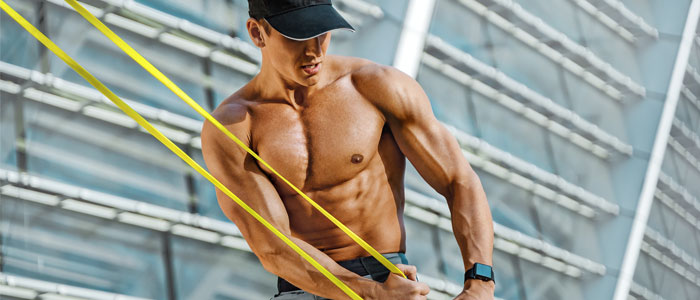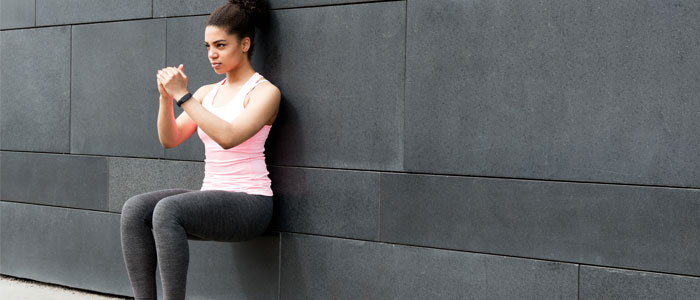Prepare to Hit The Slopes with the Best Skiing Exercises
8th Feb 22

Skiing has always been a popular sport, whether for fitness, fun or a holiday destination. However, whilst it’s a fun way to keep fit, it does require some level of fitness beforehand. It’s generally recommended that you start doing regular exercises up to 6 weeks ahead to prevent injuries and keep you safe if you plan to go skiing.
That doesn’t mean you have to hit the gym or start some hardcore workout regime, but we’ve put together five exercises that will prepare you for the slopes without pushing you to the limit.
Want to move fast? Jump to the right section below.
Squats

When it comes to skiing, your thighs are going to do a lot of work. You need to keep your balance, support your weight, and support skiing movements, so they need to be strong enough to do this without causing an injury. Squats are your best bet for this. Doing regular squats will build up strength in your thighs and legs, preparing you for skiing, so you don’t hit the slopes unprepared. In addition, squats are an excellent warm-up to do right before you start skiing to prepare your muscles for the exercise.
If you already do squats or want to push yourself further, try doing them with dumbbells to add some extra weight to the exercise.
Lunge with Rotations

Lunges with rotations are a great way to prepare your muscles for the movements required during skiing. If you think about it, you’ll be moving your arms a lot to move and change directions; your legs need to support you throughout, and a solid core will help keep you upright and balanced.
This exercise works your lower body muscles, and if you add dumbbells will help build strength in your arms too. It also improves core rotation to help you move more fluidly whilst skiing.
Plank

Again, this one is about strengthening your core. Practising the plank regularly before skiing will build the muscles in your core, improving posture balance and reducing the risk of lower back pain. When it comes to skiing, a strong core is important to help you keep upright, take turns and even helps when you end up on more technical terrains.
Chop

The chop exercise is great for building muscle in your arms and shoulders. However, the upper body is just as important as the lower body, as your arms are needed for movement and direction when it comes to skiing. It complements the plank exercise well as it improves core strength and upper body strength to help you initiate any turns with your core instead of your arms and shoulders, reducing the risk of injury.
For the chop exercise, you’ll need a resistance band.
Wall Squats

Finally, we have wall squats. These are very similar to regular squats but help build endurance instead of just strengthening core and leg muscles. Using the wall for support allows you to hold the squat position for more extended periods of time. This will boost your legs to help prevent that burn you get in your legs after skiing for long periods. The more you practice this exercise, the more endurance you’ll have, and you’ll be able to ski for much longer.
If you do these exercises 3-4 times a week for six weeks up to going skiing, or just regularly if you ski often, then you’ll find you sustain fewer injuries, and you can ski for much longer and have loads more fun!
Exercises aren’t the only thing needed to stay safe, so check out the Ski Club’s top tips on how to stay safe on the slopes.

Before beginning any exercise or nutrition program, consult your physician, doctor or other professional. This is especially important for individuals over the age of 35 or persons with pre-existing health problems. Exercise.co.uk assumes no responsibility for personal injury or property damage sustained using our advice.
If you experience dizziness, nausea, chest pain, or any other abnormal symptoms, stop the workout at once and consult a physician or doctor immediately.









